TABLE 15-5
What are the factors that determine the acceleration time (in sec.) from 0 to 60 miles per hour of a car? Data on the following variables for 171 different vehicle models were collected:
Accel Time: Acceleration time in sec.
Cargo Vol: Cargo volume in cu. ft.
HP: Horsepower
MPG: Miles per gallon
SUV: 1 if the vehicle model is an SUV with Coupe as the base when SUV and Sedan are both 0
Sedan: 1 if the vehicle model is a sedan with Coupe as the base when SUV and Sedan are both 0
The regression results using acceleration time as the dependent variable and the remaining variables as the independent variables are presented below.
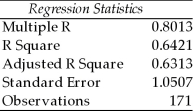 ANOVA
ANOVA

 The various residual plots are as shown below.
The various residual plots are as shown below.
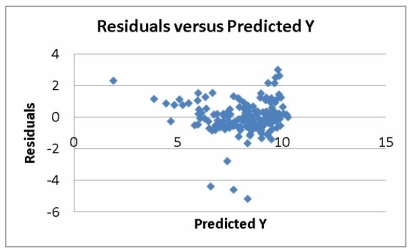
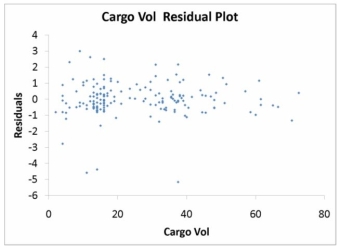
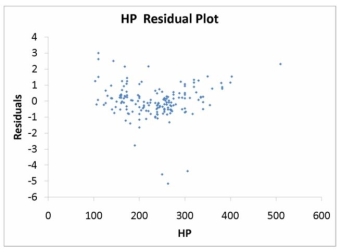
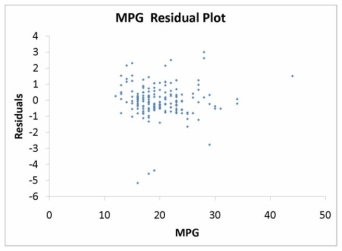
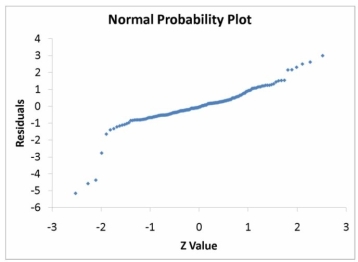 The coefficient of partial determination (
The coefficient of partial determination (  ) of each of the 5 predictors are, respectively, 0.0380, 0.4376, 0.0248, 0.0188, and 0.0312.
) of each of the 5 predictors are, respectively, 0.0380, 0.4376, 0.0248, 0.0188, and 0.0312.
The coefficient of multiple determination for the regression model using each of the 5 variables as the dependent variable and all other X variables as independent variables (  ) are, respectively, 0.7461, 0.5676, 0.6764, 0.8582, 0.6632.
) are, respectively, 0.7461, 0.5676, 0.6764, 0.8582, 0.6632.
-Referring to Table 15-5, the 0 to 60 miles per hour acceleration time of a sedan is predicted to be 0.1252 seconds higher than that of an SUV.
Definitions:
Press Button
The act of pressing a button to activate or operate a device or machine.
Payoff
Payoff refers to the gain or loss a participant receives as a result of an investment decision or a game strategy.
Mixed Strategy Equilibrium
A Nash equilibrium where at least one player in a game adopts a probabilistic approach to choosing among two or more strategies.
Company Policy
Guidelines and rules that dictate how various situations should be handled within a business context, directing the operations and decisions of a company.
Q1: What is the difference between NAD<sup>+ </sup>and
Q12: A regression diagnostic tool used to study
Q16: Which of the following is FALSE regarding
Q40: In photosynthesis, what is the role of
Q51: Referring to Table 12-5, what is the
Q68: Which of the following is a method
Q87: Referring to Table 14-10, the estimated average
Q94: Referring to Table 16-3, if this series
Q100: Referring to Table 13-4, the managers of
Q164: Referring to Table 14-8, the analyst decided